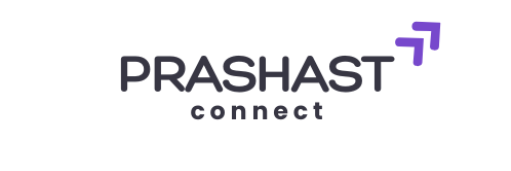Understanding Dyslexia: Causes, Challenges, and Solutions
Dyslexia is a common learning difficulty that affects millions of people worldwide. Despite its prevalence, it is often misunderstood and misdiagnosed. This article explores the causes, challenges, and solutions associated with dyslexia, providing valuable insights for educators, parents, and individuals living with the condition.
What is Dyslexia?
Dyslexia is a neurological condition that primarily impacts reading, writing, and spelling abilities. It is not related to intelligence but rather to how the brain processes language. People with dyslexia often struggle to decode words, recognize phonemes, and connect letters to sounds, making reading and writing tasks particularly challenging.
Causes of Dyslexia
Research suggests that dyslexia is caused by differences in brain structure and function. These differences are often hereditary, meaning dyslexia can run in families. Key factors include:
- Genetics: Studies show that individuals with a family history of dyslexia are more likely to develop the condition.
- Neurological Differences: Brain imaging has revealed that people with dyslexia have variations in the areas responsible for language processing.
- Environmental Factors: Early exposure to language and literacy can influence the severity of dyslexia symptoms.
Challenges Faced by Individuals with Dyslexia
Dyslexia can present a range of challenges, particularly in academic and professional settings. Common difficulties include:
- Reading and Writing: Slow reading speed, difficulty spelling, and trouble understanding written text.
- Memory Issues: Struggles with short-term memory, making it harder to retain information.
- Self-Esteem: Feelings of frustration and inadequacy due to academic struggles.
For example, a case study published in the journal Annals of Dyslexia highlighted a student who excelled in creative thinking but faced significant challenges in reading comprehension. With proper intervention, the student was able to leverage their strengths while improving their literacy skills.
Statistics on Dyslexia
Dyslexia is more common than many people realize. Consider the following statistics:
- Approximately 10-15% of the global population is estimated to have dyslexia.
- In the United States, around 1 in 5 students show signs of dyslexia, according to the Yale Center for Dyslexia & Creativity.
- Early intervention can improve outcomes significantly, with studies showing a 70% improvement in reading skills when support is provided during childhood.
Solutions and Support for Dyslexia
While dyslexia cannot be “cured,” there are effective strategies and tools to help individuals manage the condition and thrive:
- Specialized Instruction: Programs like Orton-Gillingham and Wilson Reading System focus on multisensory learning techniques.
- Assistive Technology: Tools such as text-to-speech software, audiobooks, and speech recognition apps can make reading and writing more accessible.
- Accommodations: Extended time on tests, alternative assignments, and access to note-takers can help students succeed academically.
- Support Networks: Counseling and support groups can address emotional challenges and build confidence.
Conclusion
Dyslexia is a complex condition that requires understanding, patience, and tailored support. By recognizing its causes, addressing its challenges, and implementing effective solutions, individuals with dyslexia can overcome obstacles and achieve their full potential. Whether through specialized instruction, assistive technology, or emotional support, the key is to focus on strengths while providing the necessary tools to navigate difficulties. With greater awareness and advocacy, society can ensure that people with dyslexia are empowered to succeed.

